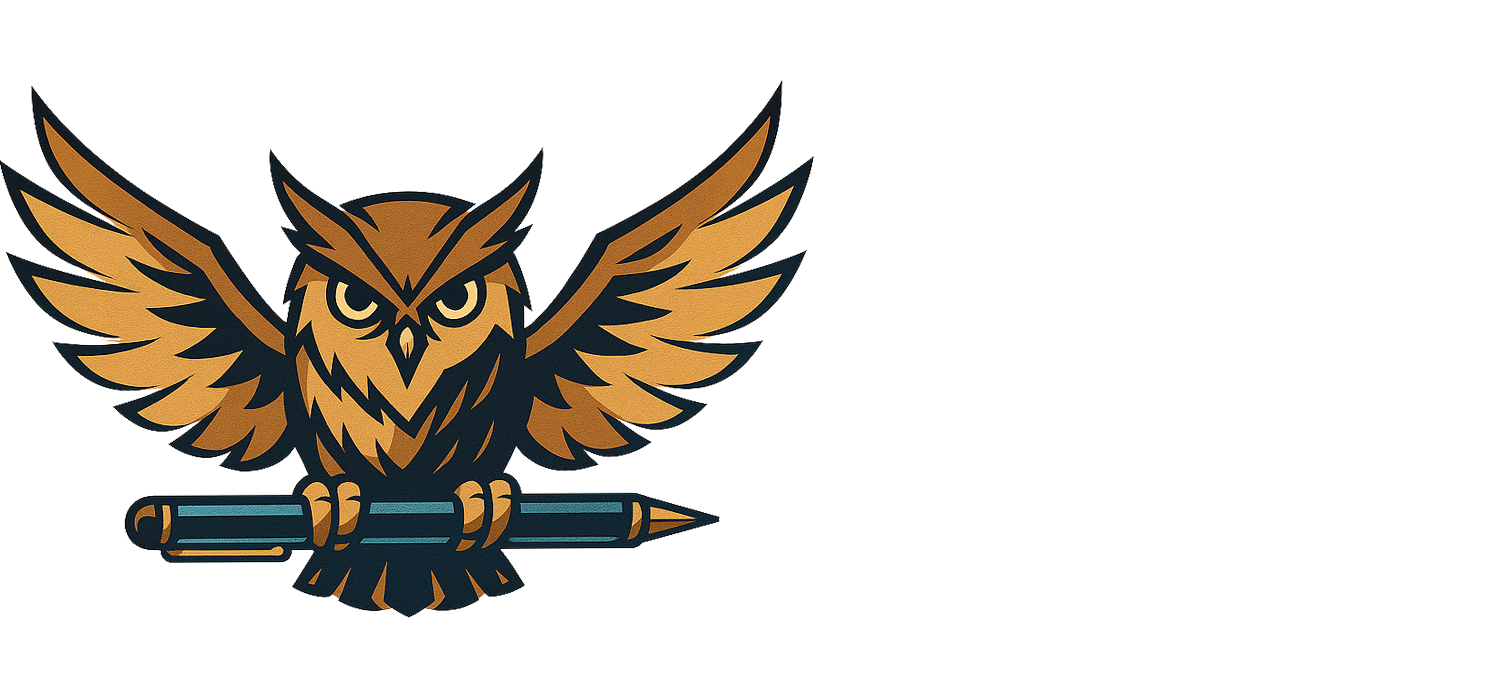Skill Focus – Missing Image Hierarchy
Because not all images should fight for attention. Let one lead—and the rest follow.
✨ Welcome to the Visual Traffic Control Room
You’ve got a gift: you see the world in detail.
But sometimes? You try to show all of it at once.
Three metaphors, two sensory details, and a plot beat walk into a sentence...
...and your reader walks out.
Let’s learn how to choose your strongest image—so your writing has direction, clarity, and impact.
🧠 What Is Image Hierarchy?
Image hierarchy is the art of deciding which image (or metaphor or detail) deserves the spotlight—and which should stay in the background.
“The sky opened like a wound, bleeding light as birds screamed across the burning horizon.”
Gorgeous? Maybe. But there’s too much happening.
We can’t emotionally anchor to any one image—so we don’t anchor at all.
Now let’s simplify:
“The sky opened like a wound. Birds screamed against the bleeding light.”
Same mood. But now we can feel it.
🛠️ Try This Rewrite Drill
Here’s your crowded sentence:
“The wind howled like a banshee, trees waved wildly, and thunder rolled like a hungry drum.”
Pick the strongest image—and rewrite the sentence so the others support it, not compete with it.
💡 Tip: Ask, What emotion is this sentence trying to land? Then spotlight the image that hits it hardest.
🎯 Checklist for Image Clarity
Ask yourself:
Which image is emotionally strongest?
Is one metaphor enough to carry the mood?
Are my details working together—or fighting each other?
Let the most powerful image take the lead. Let the others whisper support—or step aside.
🔁 Bonus: Paragraph-Level Hierarchy
This applies to more than just single sentences.
In a paragraph:
Don’t stack three similes in a row
Don’t try to show every object in the room—show what the character would notice emotionally
Less clutter = more impact.
💬 Need Help? Ask Quillwyn!
Paste a sentence or paragraph and say:
“Can you help me find the strongest image here?”
She’ll help you prioritize, spotlight, and clean up the rest.
